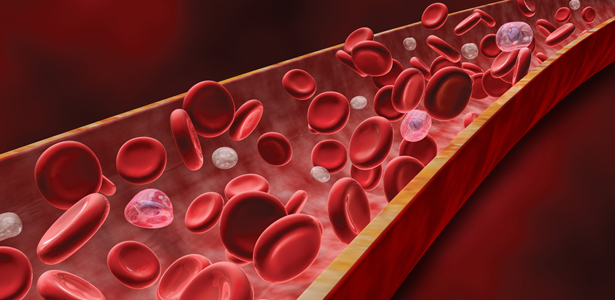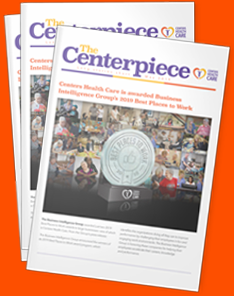Blood is the delivery system our bodies use to circulate nutrients and oxygen to every single cell. We all know that there are different types of blood cells, like red blood cells, white blood cells, and platelets; it’s been a part of elementary school science curriculum for ages. But there’s more to our blood than many of us may not have known. For example:
1. Blood consists mostly of plasma, not blood cells. Yes, you read that right: blood isn’t even blood. 55% of human blood consists of plasma whereas 40% of blood consists of red blood cells. And plasma itself is light yellow in color, not red. Plasma is the component in blood that transports nutrients to the parts of the body that need it and holds the waste byproducts from cells.
2. Not all blood is colored red. Human blood is red, but other animals have different colored blood. Some worms have green blood. Spiders, squid, and crustaceans have blue blood. And some insects like beetles and butterflies have colorless or pale yellow blood. What makes blood a different color? There’s pigment in blood used to transport oxygen, and every type of organism has different pigments. The respiratory pigment in human blood is hemoglobin, which is found in red blood cells.
3. We have a little over a gallon of blood. The adult human body contains 1.3 gallons of blood, which is about 7-8 percent of a person’s total body weight.
4. There’s gold in them thar blood! Human blood has a more intricate makeup than we thought. Blood contains trace amounts of metal atoms including zinc, lead, copper, iron, and even gold. But the estimated amount of gold found in blood is close to 0.2 milligrams, so nothing to get rich off of.
5. Blood types vary by region. The dominant blood type in a particular country or part of the world will vary. For example, the most common blood type in the United States is O positive where the least common blood type is AB negative. On the other side of the world in Japan, the most common blood type is A positive.
6. Ultraviolet rays can reduce blood pressure. Too much fun under the sun isn’t good for your skin as it could lead to wrinkles, discoloration, or even cancer. But, UV exposure has been shown to reduce blood pressure by increasing levels of nitric oxide. Nitric oxide is a mighty molecule that facilitates many cellular activities. It’s be shown to improve sleep quality, help your immune system, and reducing blood vessel tone which will improve circulation. Limited time under the sun will get the blood pumping.
These are some fascinating facts about our blood that you may not have known about. If you live in the Amsterdam, Gloversville, or Finger Lakes area, mark your calendars for their blood drives and donate what you can!
Steuben Blood Drive: Wednesday February 15th, 12-5 PM https://www.facebook.com/events/1194407660607146/
Fulton Blood Drive: Monday February 20th, 9 AM – 2 PM https://www.facebook.com/events/262779394151518/
Ontario Blood Drive: Wednesday February 22nd, 12-4 PM https://www.facebook.com/events/1240948175985253/
Amsterdam Blood Drive: Friday February 24th, 12-4 PM https://www.facebook.com/events/218889705187930/
Waterfront Blood Drive: Tuesday February 24th, 12-4 PM https://www.facebook.com/events/224244571351205/







